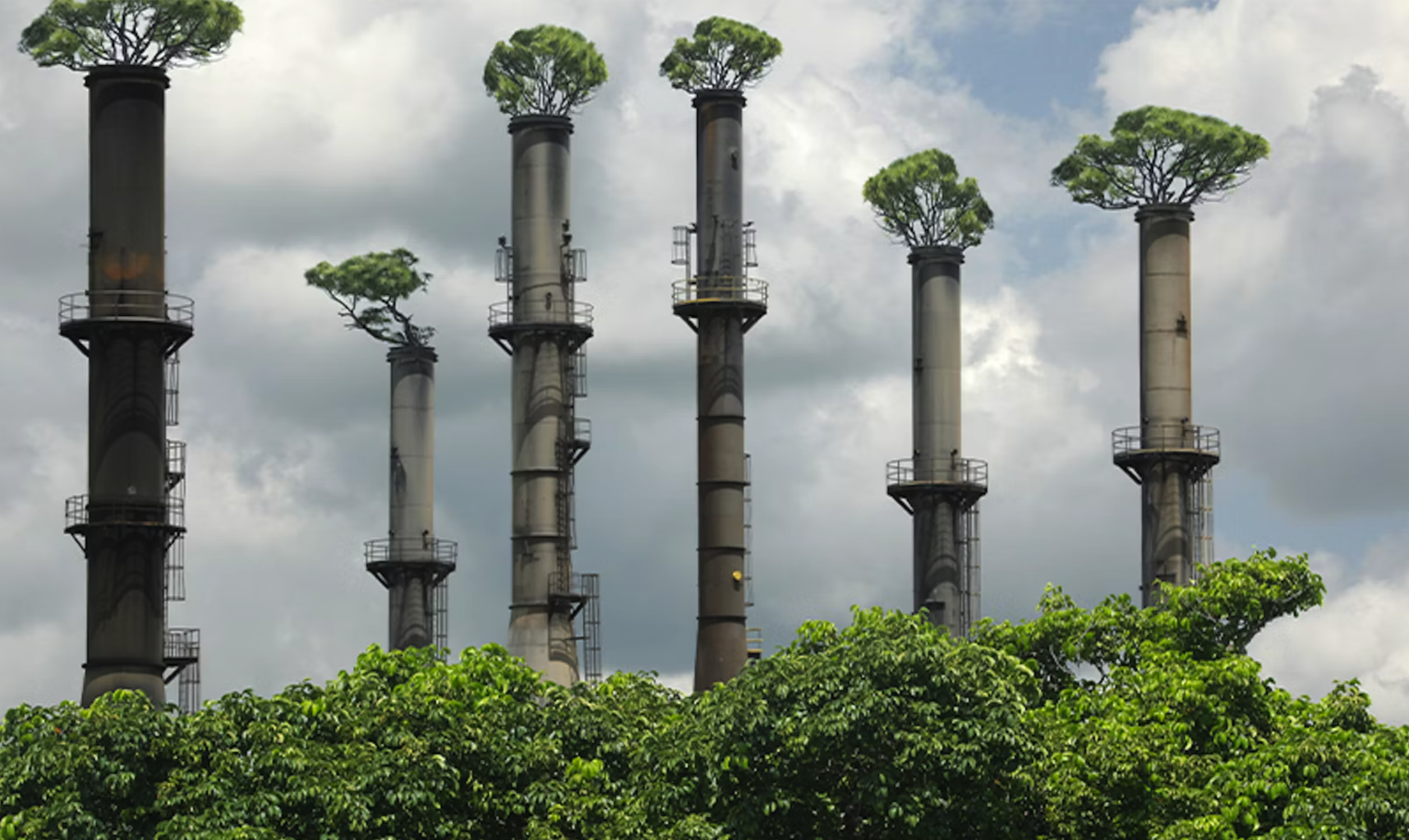
How Can We Stop the CO2 That Plants Store From Leaking Back Into The Air?
One question for Eli Yablonovich, an applied physicist at UC
Berkeley.
By Brian Gallagher
Sign up for our monthly newsletter!
How can we stop the CO How can we stop the CO that plants store from leaking back into the air?
We’re putting a lot of carbon dioxide in the air. It’s very worrisome. We need to solve the problem. Some people think there is no solution, but in engineering, everything can be solved. To say there is no solution is to say it costs too much. So, this will get solved at a cost, which we show in our new paper. We can actually remove the old carbon dioxide that we put into the atmosphere 10, 20, 30 years ago. How do we do that? You grow plants, and plants pull the carbon dioxide out of the air. If you have enough plants, you’ll pull out more than what is generated every year. To cover the burning of petroleum and natural gas, it will take about an extra one-fifth of existing row crops—which are corn, wheat, rice, and things like that. It’s a totally carbon-negative solution. Carbon neutral is yesterday’s news.
But the key question is: How can we stop sequestered carbon from leaking back into the air? The answer to the leaky CO problem is to keep the sequestered biomass very dry. In modern landfills, they actually seal everything off with polyethylene. If they use four millimeter polyethylene, that’ll keep the water out for thousands of years. So this is an extension of what is already being done in landfills today. If we take away the water, microbes can’t decompose the plants, which would send CO back into the atmosphere. I think the emissions from all of the petroleum and natural gas we burn can be stably sequestered for thousands of years.
People underestimate what you can do
with engineering
Everybody’s heard of relative humidity, and how tough it is on a humid day. Relative humidity applies inside food. This was first promulgated by the Food and Drug Administration. If it’s dry enough, they’ll say, “OK, it’s safe to put on the shelf.” So there is an internal relative humidity inside biomass, food, plants, and so forth. Inside the plant, we use the term “water activity,” but it amounts to the same thing as relative humidity. As you pull water out of biomass plant matter, or food, it’s more and more difficult for the microbes to live in, because they all need some water vapor to live to have enough internal water activity so that they can move the nutrients around the cell.
This has been greatly studied for food preservation, but also by NASA to try to think of what forms of life can be out there. And what was discovered is that below 60 percent relative humidity, life—metabolic processes—comes to a halt. Nothing can live.
Is there evidence that a polyethylene seal lasts that long? Yes. It turns out there’s a natural experiment—one with a great backstory. It’s so fascinating. In our paper, we show a picture of a tree. To understand where this tree came from, you go back to before the Romans conquered Israel. Israel had a king called King Herod, and like most kings, Herod was afraid of being overthrown. So he built a very highly defensible castle or palace on top of a mesa, called Masada. It is a very dramatic mesa. But Herod never had an insurrection that he had to deal with. It’s a very difficult location to get to, and was not excavated until the mid 1960s.
Researchers excavated the site and found some seeds, and didn’t know what to do with them. They were in one of these Greek pots, and the seeds were left in a drawer from 1965 until 2005.
Then a medical doctor, Sarah Sallon, at the Hadassah Medical Center in Jerusalem, was given a charter to look for natural medicines. Sallon got the seeds from the archaeologists and sent them out to be carbon dated. They were indeed 2,000 years old. You have to remember, this is next to the Dead Sea, one of the driest places on Earth. Then Sallon did something really unexpected: She gave the seeds to a horticulturist and said, “Can you germinate the seeds?” And she germinated the seeds that were 2,000 years old, preserved owing to the dryness of the environment. Now the tree’s 18 years old, proof that keeping conditions dry works. So, what you do is you dry the biomass before you put it away. And then the drying can be assisted by salt. That’s another novel thing. You could either have more or less salt, depending on how dry you put it in there. But when you have salt, that displaces the water, and it reduces the concentration of water.
To pay for this, the people who sell you the gasoline will have to be billed an extra 53 cents. And of course, it’ll appear at the pump. That would amount to around $2 trillion, which sounds like an awful lot of money. But the GNP of the world is about $100 trillion. So it will set the world economy back by 2 percent. But this will be stretched out over a century, so you’d hardly notice it. People underestimate what you can do with engineering. Farmers can change their crop in one year. And so within a year you’d be pulling carbon dioxide out of the air. We can do this very quickly.
Brian Gallagher is an associate editor at Nautilus. Follow him on Twitter @bsgallagher.
This article was previously published in Nautilus.
Plantings
Issue 30 – December 2023
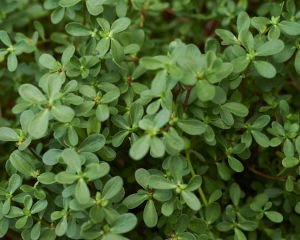
Viriditas: Musings on Magical Plants: Portulaca oleracea
By Margaux Crump
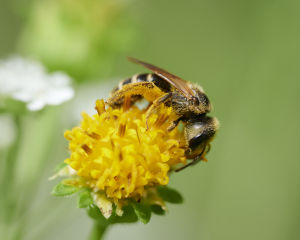
Proboscis, Pollen, and the Rapture of Interspecies Intimacy
By Jake Eshelman
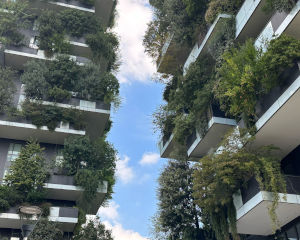
The Greening of Milan: Porta Nuova and Vertical Forest
By Gayil Nalls
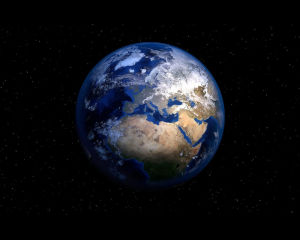
Overshooting Earth’s Boundaries: An Interview with Bill Rees
By Rachel Donald
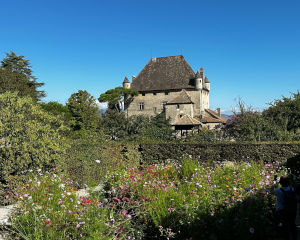
The Garden of the Five Senses
By Gayil Nalls
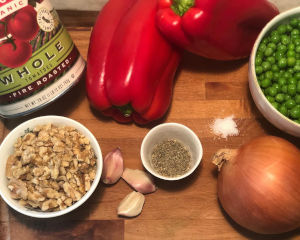
Eat More Plants Recipes:
Le Botaniste’s Fennel, Tomato, and Red Pepper Pasta Sauce

As Ireland transitions from the rich, smoky scent of peat-burning to a more sustainable future, its olfactory heritage is evolving. What will become the next iconic aromatic symbol of Ireland?
Click to watch the documentary trailer.


